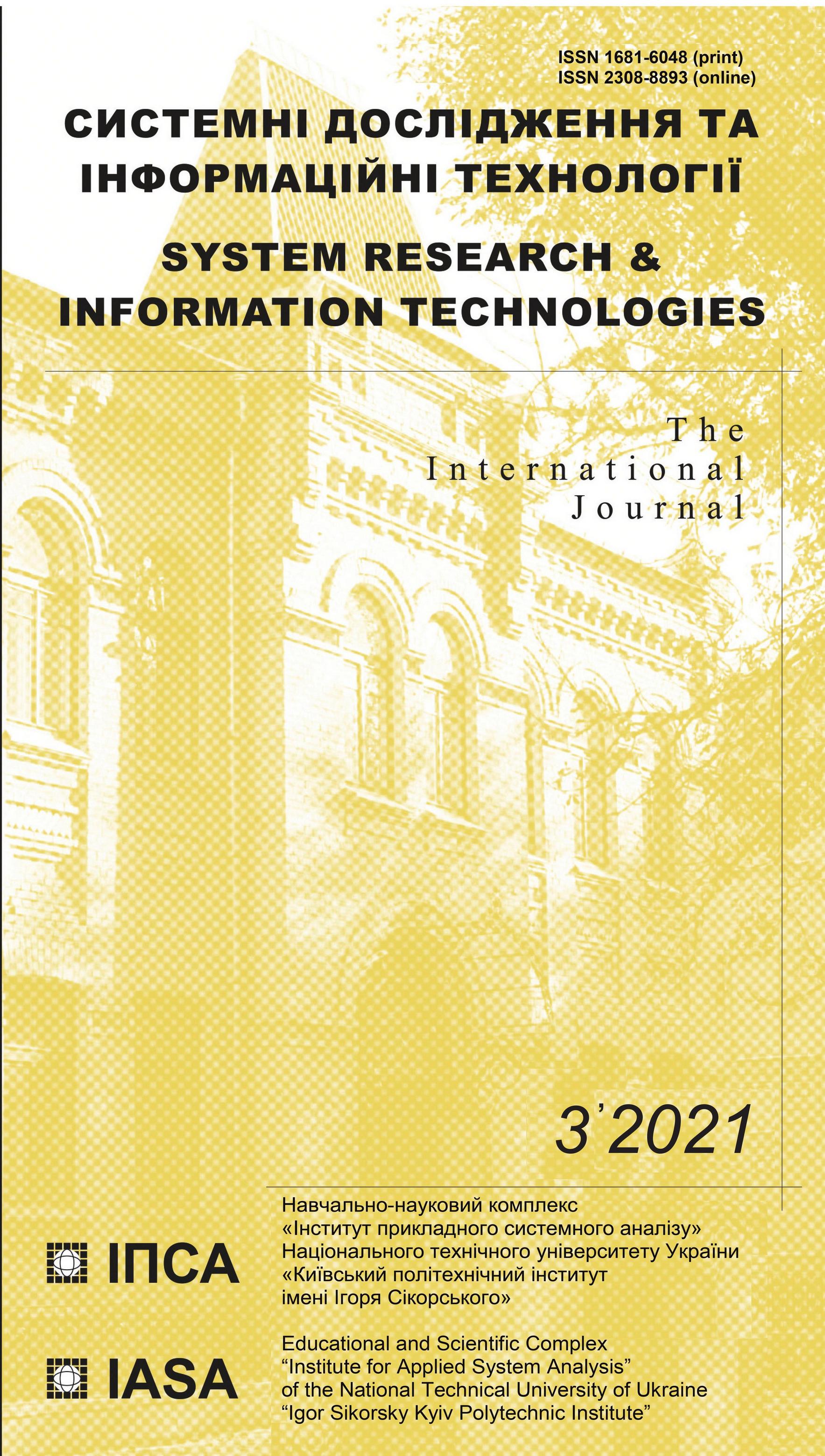Simulation of a rotating strong gravity that reverses time
DOI:
https://doi.org/10.20535/SRIT.2308-8893.2021.3.01Keywords:
gravitational field, distortion of time and space, angular momentum, curvature tensor, stress-energy tensorAbstract
In this research we simulated how time can be reversed with a rotating strong gravity. At first, we assumed that the time and the space can be distorted with the presence of a strong gravity, and then we calculated the angular momentum density of the rotating gravitational field. For this simulation we used Einstein’s field equation with spherical polar coordinates and the Euler’s transformation matrix to simulate the rotation. We also assumed that the stress-energy tensor that is placed at the end of the strong gravitational field reflects the intensities of the angular momentum, which is the normal (perpendicular) vector to the rotating axis. The result of the simulation shows that the angular momentum of the rotating strong gravity changes its directions from plus (the future) to minus (the past) and from minus (the past) to plus (the future), depending on the frequency of the rotation.
References
Y. Matsuki and P.I. Bidyuk, “Simulating angular momentum of gravitational field of a rotating black hole and spin momentum of gravitational waves”, System Research & Information Technology, no. 1, pp. 7–20, 2021.
Y. Matsuki and P.I. Bidyuk, “Numerical simulation of gravitational waves from a black hole, using curvature tensors”, System Research & Information Technology, no. 1, pp. 54–67, 2020.
Y. Matsuki and P.I. Bidyuk, “Simulating the rotation of a black hole and antigravity”, System Research & Information Technology, no. 3, pp. 124–137, 2020.
P.A.M. Dirac, General Theory of Relativity. New York, Florida University: A Wiley-Interscience Publication. John Wiley & Sons, 1975, 70 p .
H. Goldstein, C.P. Poole, and J.L. Safko, Classical Mechanics. 3rd Edition, published by Pearson Education Inc., 2002, 690 p.
Y. Matsuki and P.I. Bidyuk, “Calculating energy density and spin momentum density of Moon’s gravitational waves in rectilinear coordinates”, System Research & Information Technology, no. 3, pp. 7–17, 2019.

